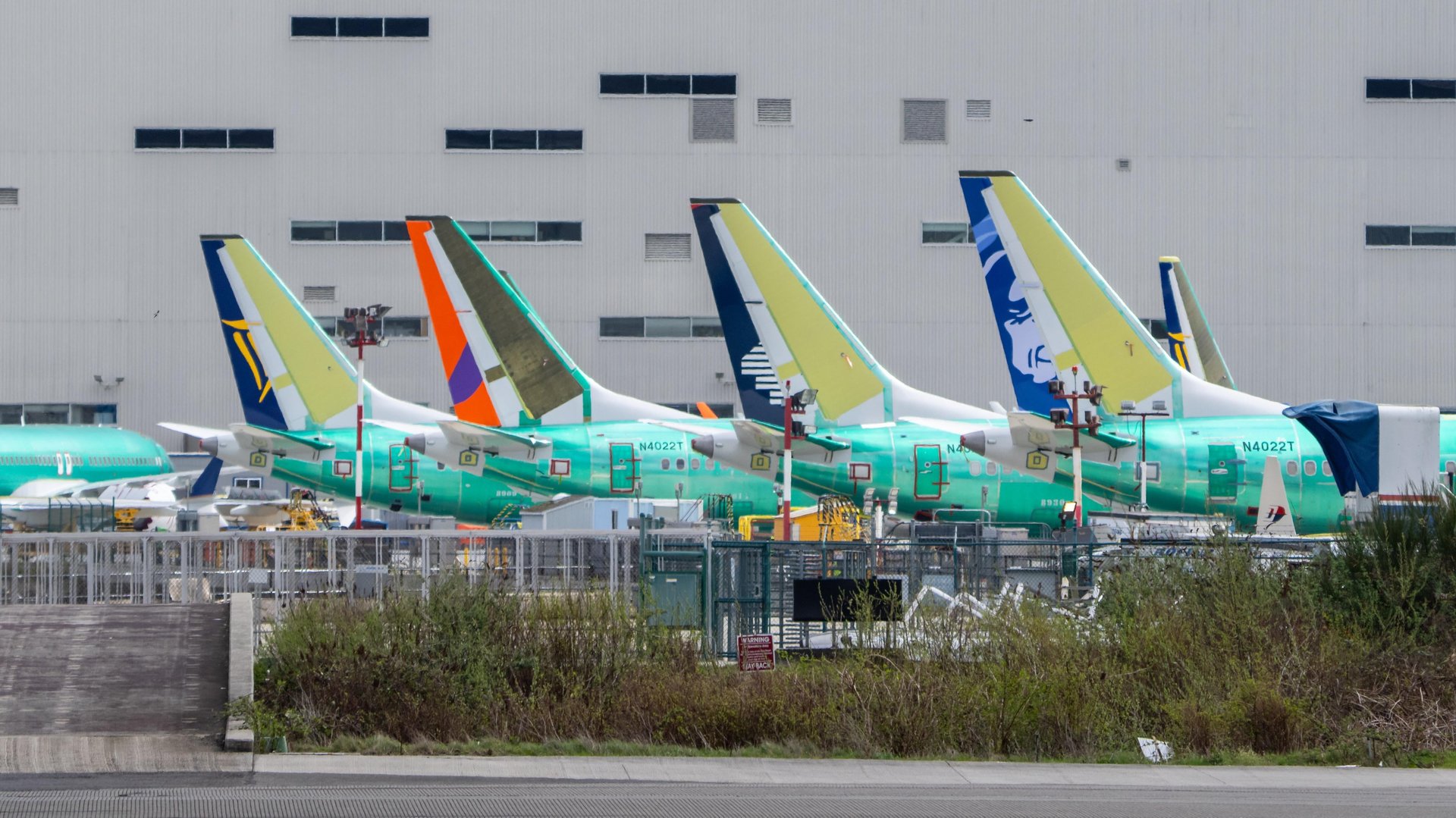A Boeing whistleblower says there's a 'criminal coverup' at the company
Sam Salehpour's congressional testimony came during a hearing about the airplane manufacturer's safety culture

As Boeing whistleblower Sam Salehpour testifies to the U.S. Senate about his experience struggling to be taken seriously about fuselage flaws in the company’s 787 and 777 models, he’s holding tight to his claims. Salehpour repeated his assertions — which he said are based on analysis of Boeing’s own manufacturing data — that the planes’ skins are not being fastened correctly on a systemic level, and that over time the attachments might weaken to the point that the planes could rip apart in mid-air.
Suggested Reading
But alongside Salehpour sat an old thorn in the aviation giant’s side, back with a major accusation. Ed Pierson, a former manager at Boeing’s Renton, Washington factory who emerged as a prominent critic of the company after two fatal crashes of its 737 Max 8 planes, pulled no punches about he’s seen in the wake of the latest 737 Max crisis, which started after a door plug blowout on an Alaska Airlines-operated 737 Max 9.
Related Content
“I’m not gonna sugarcoat this, this is a criminal coverup,” Pierson told a Senate Homeland and Governmental Affairs subcommittee as Salehpour nodded.
One of the storylines about the fallout from the Alaska Airlines incident concerns missing documents about the work done on the door plug in question, a panel used to replace an emergency exit door. An initial National Transportation Safety Board investigation found that four bolts that were supposed to hold the door plug in place were missing. But Pierson says he found them.
“Records do in fact exist,” he said. “I know this because I personally passed them to the FBI.” The Justice Department, of which the FBI is a part, is conducting a criminal probe into what went wrong on the Alaska Airlines flight.
In statements, Boeing has said that it stands behind its safety record. “Claims about the structural integrity of the 787 are inaccurate and do not represent the comprehensive work Boeing has done to ensure the quality and long-term safety of the aircraft.” The company says that it is “fully confident” in its products.
